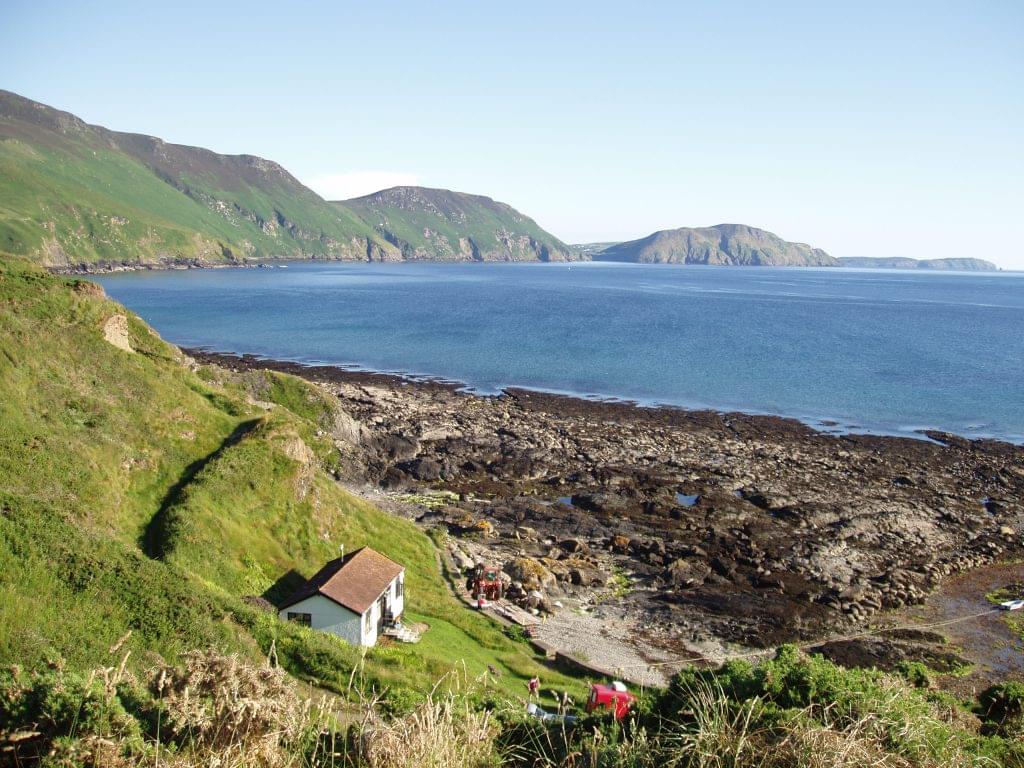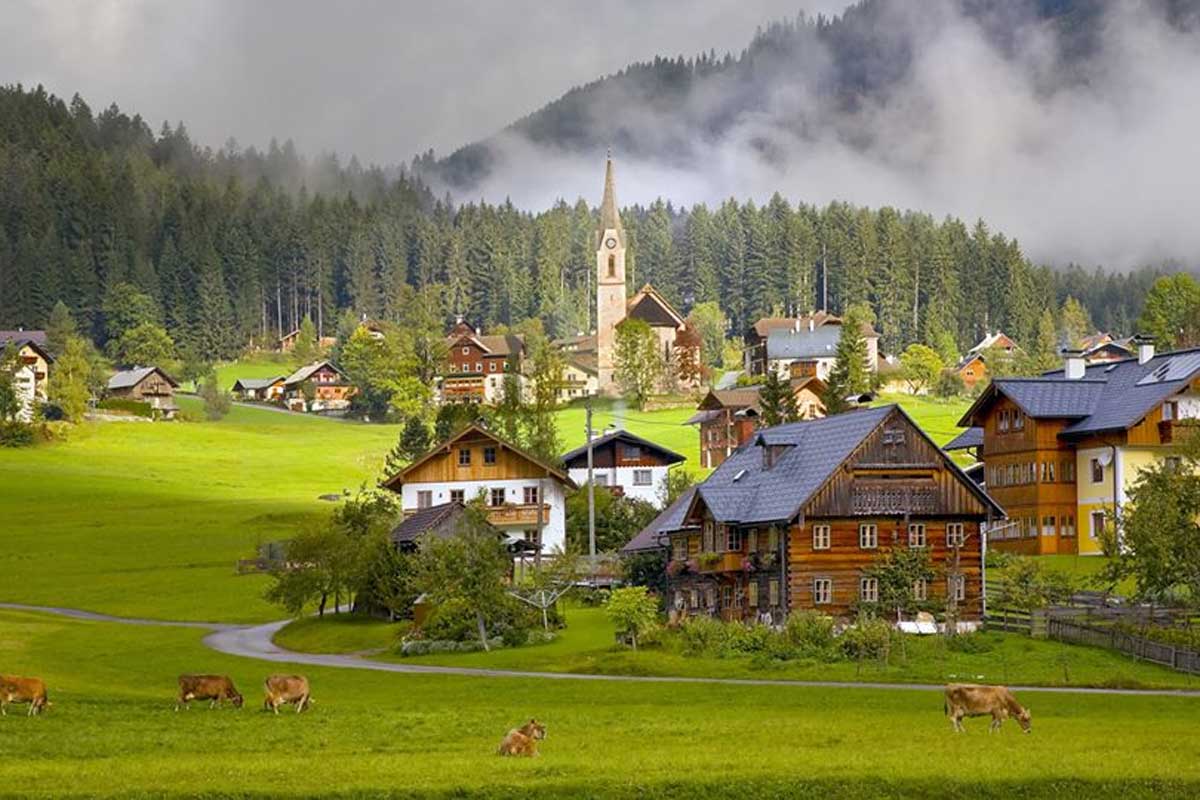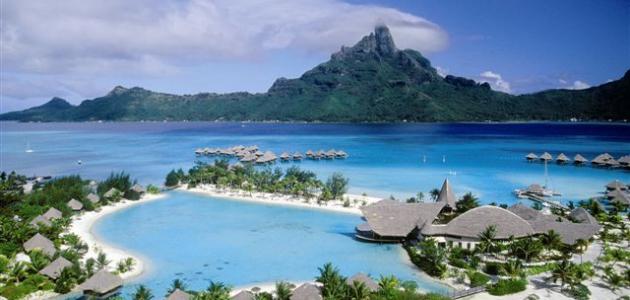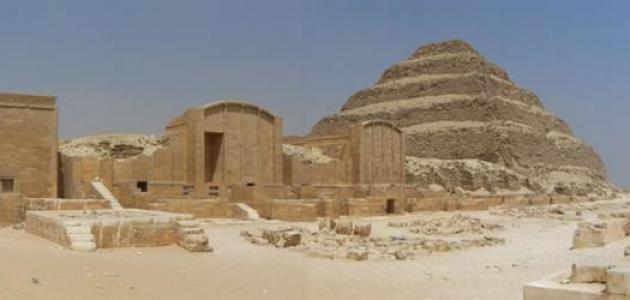Al-Masmak Palace and its historical and civilizational significance, some may limit the tourism importance of the Kingdom of Saudi Arabia to the Islamic religious tourism represented by pilgrimage and Umrah trips annually, but the Saudi lands are replete with many historical archaeological sites that bear witness to Saudi Arabia’s heritage and civilization over the years.
Let us find that Saudi Arabia possesses a long-standing cultural heritage that extends from the ancient Stone Age to the Islamic era, and that heritage is represented in many civilized and urban areas such as palaces, forts, military installations and archaeological holdings in addition to wall paintings and engravings that the ancient Arabs left as evidence of their ancient civilization.
The Masmak Palace is one of the most prominent signs of architecture, which is located in the heart of the Saudi capital, Riyadh, and today you have the most important information about Masmak Palace from the Arab Travelers website.
Table of Contents
The Masmak palace and its historical and cultural significance
- The term “designer or fisherman” is known as a strong, high-building fortress.
- The building of the ancient Al-Masmak Palace dates back to the era of Imam Muhammad Abdullah Al-Rasheed, who commissioned Prince Abdul-Rahman bin Dabaan to build it in the year 1282 AH / 1895 CE, when the Prince assumed the state of Riyadh, and the fort formed part of the Imam Abdullah Palace located in Riyadh.
- Al-Masmak Palace came as a witness to the battle of the conquest of Riyadh, which took place in the year 1319 AH / 1902AD between both the Al Saud and the Rashid family, which ended with the victory of the Al Saud, so that they could then restore the city of Riyadh under the authority of their rule, and there are still some civilizational monuments witnessing the events of that battle, which It consists in the presence of the remaining parts of the spear, by which the worker of the Rashid family, Ibn Ajlan, was killed.
- After that, Al-Masmak Fort was used as a warehouse to store weapons and war equipment until a royal decree was issued as a cultural heritage landmark pointing to one of the most important stages of the establishment of the Kingdom of Saudi Arabia by King Abdulaziz Al Saud, may God have mercy on him and his good impact.
- Al-Masmak Palace located in Al-Dirah neighborhood, which is located in the heart of the Saudi capital, Riyadh, consists of several conical towers and tall walls constructed of mud or clay bricks. There are many triangular windows to ventilate the palace. The interior is like the mosque, Diwaniyah (Majlis), the well, and many rooms surrounding the open inner courtyard.
- In the year 1980 AD, King Solomon Al Saud, may God protect him, ordered that the palace be subjected to a number of renovations and renovations, in order to preserve it as an ancient cultural monument.
The most important cultural monuments of the Masmak Palace
Masmak Palace’s Gate
- The gate of the Masmak Palace comes at the forefront of important civilizational landmarks, which are located in the western part of it. It is 3.6 meters high, 2.65 meters wide and 10 cm thick.
- It was built using palm trunks and the parchment, and has three beams of 25 cm each.
- In the middle of the gate there is a small opening called “peach” that is used as a small gate, which is narrow enough to allow only one person to pass through, and this opening came as a witness to the fierce battle that took place between King Abdulaziz and his opponents, where there is still a head The spear that was broken on top.
Palace mosque
- The Masmak Palace Mosque is located on the left side of the entrance.
- It is a number of spacious rooms that include many pillars inside and a number of shelves to place the Korans, in addition to the mihrab and a number of ventilation openings to the ceiling and walls.
Palace Council
- Also called Diwaniyah, it is located across from the entrance to the palace.
- It is a rectangular room, inside which includes a neighbor similar in shape to the traditional wall in Najd.
- The room has many lights and ventilation.
Well Masmak Palace
- The well is located on the northeastern side of the Masmak Palace, and water is drawn from it using a bucket using the pulley installed on the mouth of the well. The well has served to make the palace an impenetrable fortress that is self-sufficient with water.
Palace towers
- There is a cylindrical tower with a length of 18 m and a thickness of 1.25 m in each corner of the palace, it is climbed up by a stairway and then using two wooden stairs, and each tower includes places for throwing and aiming at the above.
- In the center of the palace there is a square tower called “Square”, which overlooks the entire palace through its upper balcony.
The courtyard of the palace
- Masmak Palace includes a large main courtyard, surrounded externally by a group of rooms connected to each other by a number of internal columns.
- On the eastern side of the courtyard is a staircase through which visitors are connected to the first and last floor, the “roof” of the palace.
- The Masmak Palace courtyard includes three housing units, the first of which was for the residence of the ruler, and the second for saving money, while the third was used to accommodate the guests of the palace and its visitors, and the three units are distinguished by their interconnection.








